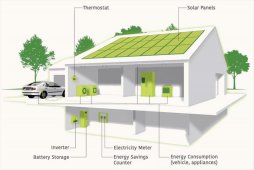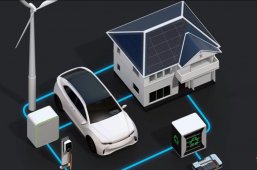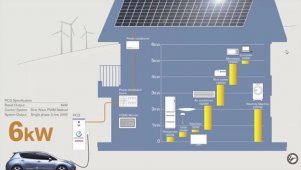Hedges
I See Electromagnetic Fields!
- Joined
- Mar 28, 2020
- Messages
- 20,666
I think that company takes an off the shelf inverter intended for low voltage battery/high voltage PV and wires the car's high voltage battery to inverter's PV input.
There are SCC with 250V and 600V PV inputs.
AC-coupled GT inverters with similar range of PV voltage.
Battery inverters for 400V batteries (e.g. Sunny Boy Storage), but they require communication with BMS (you could dummy up a box that talks CHAdeMO and pretends to be BMS.)
There are SCC with 250V and 600V PV inputs.
AC-coupled GT inverters with similar range of PV voltage.
Battery inverters for 400V batteries (e.g. Sunny Boy Storage), but they require communication with BMS (you could dummy up a box that talks CHAdeMO and pretends to be BMS.)










